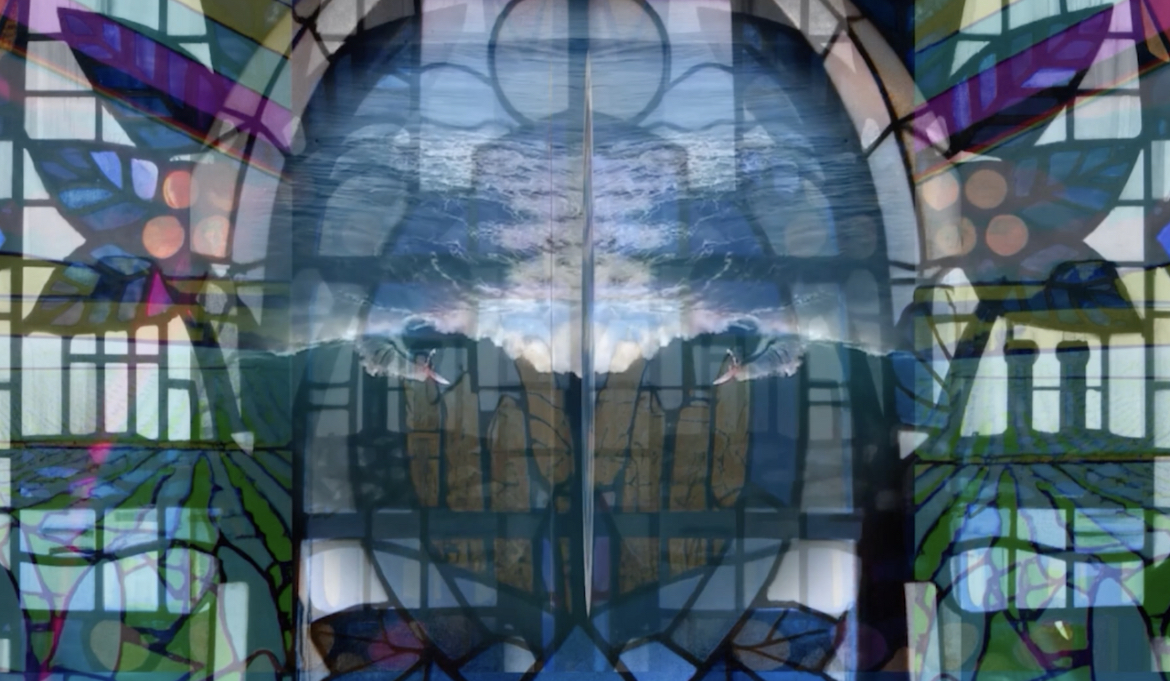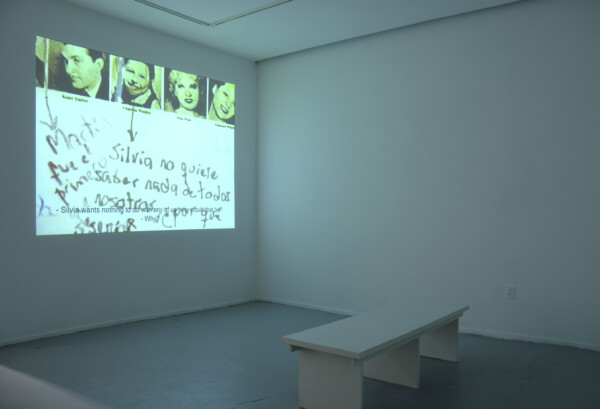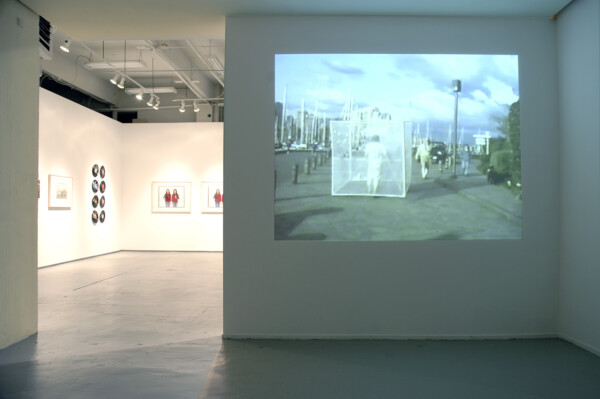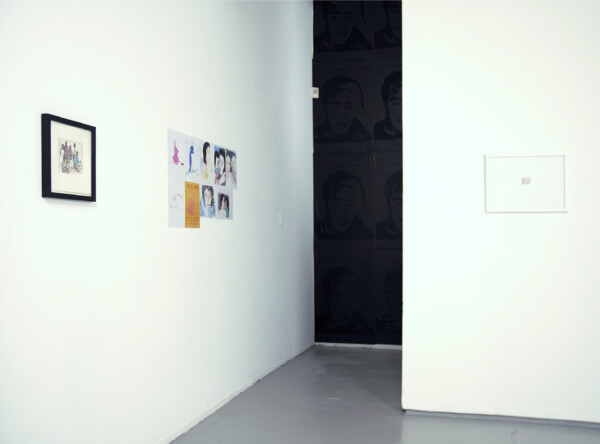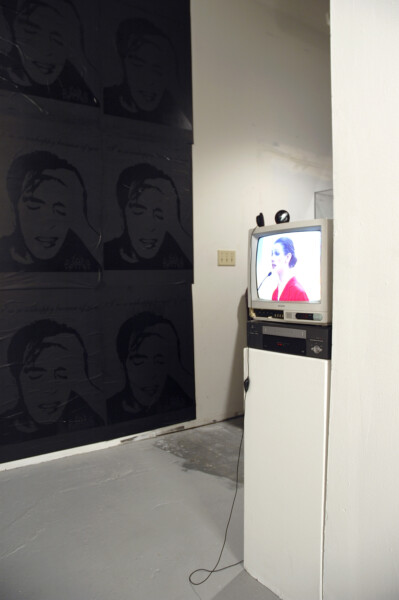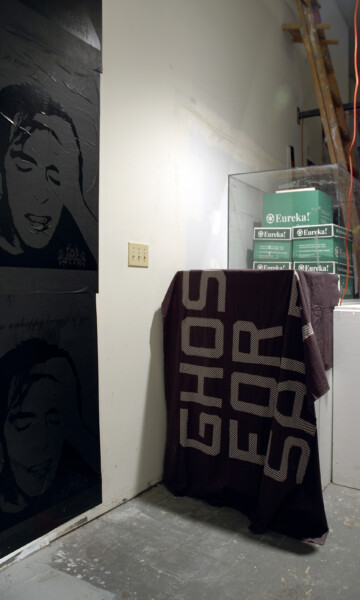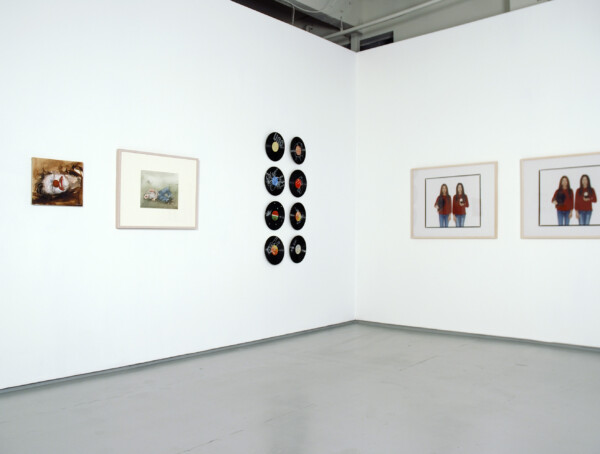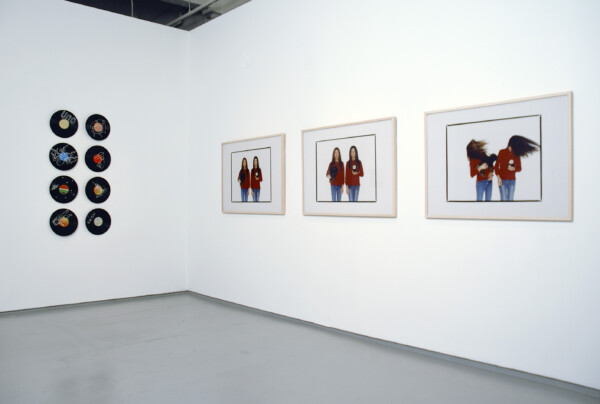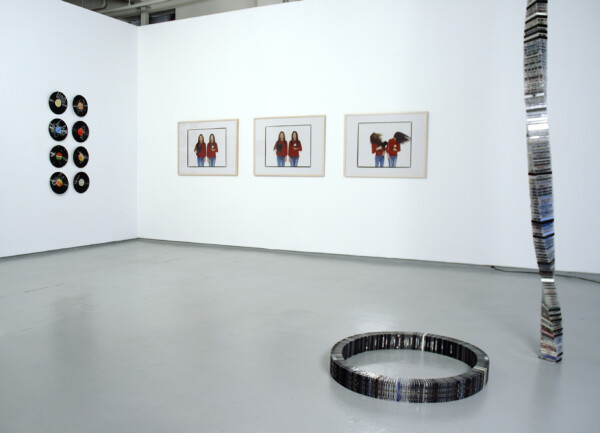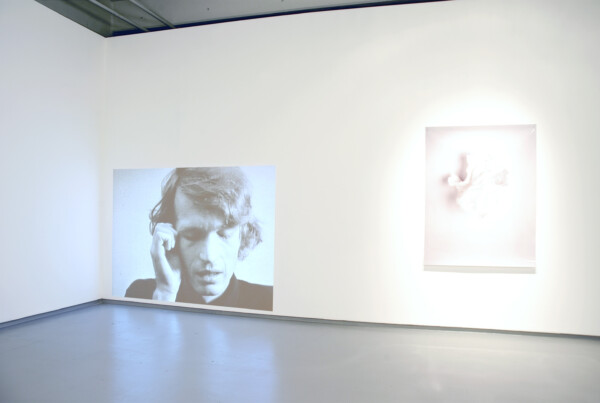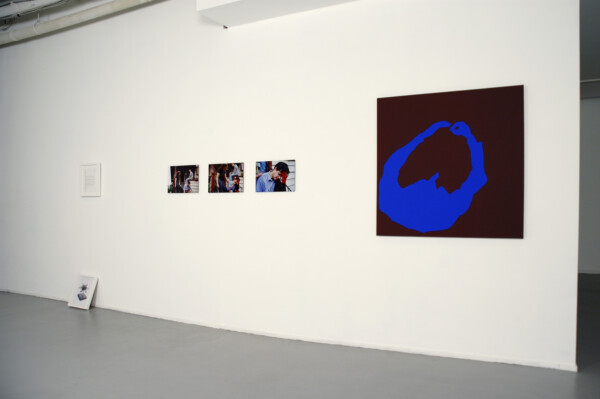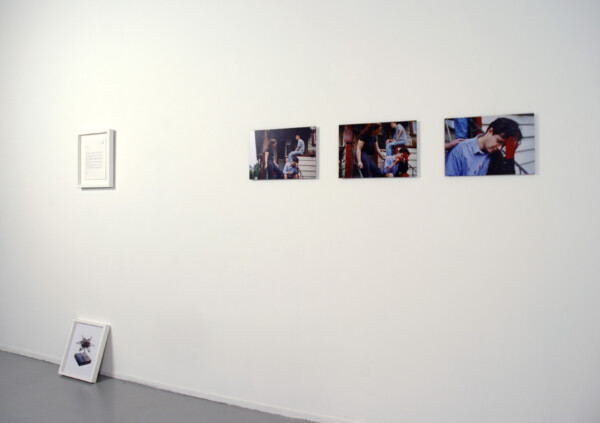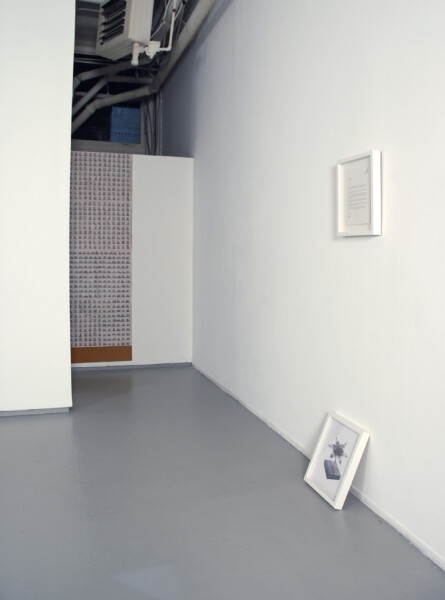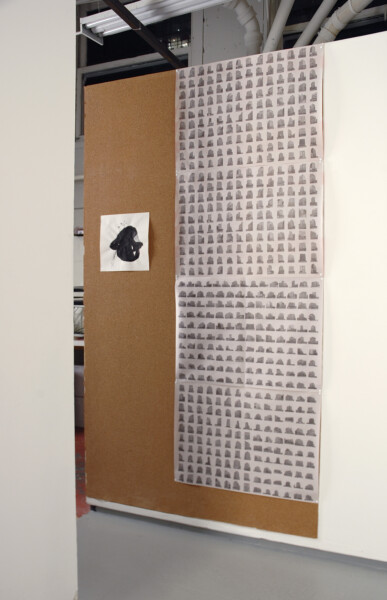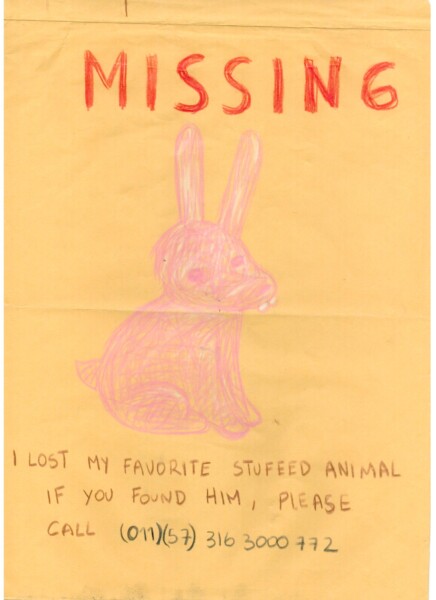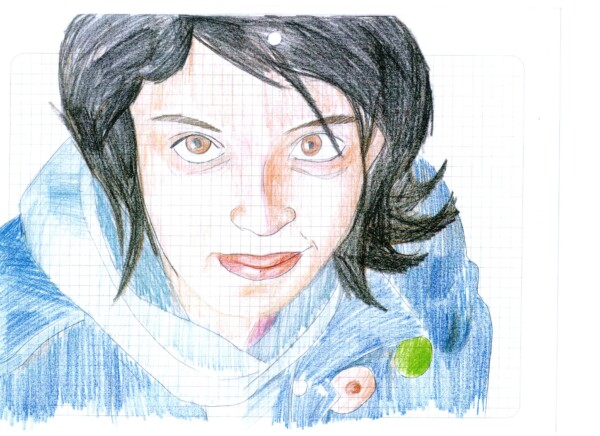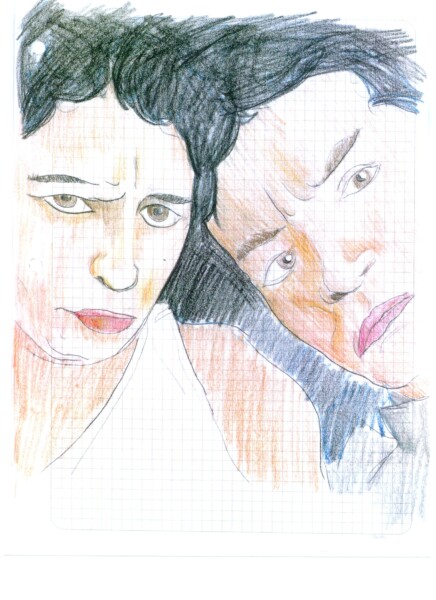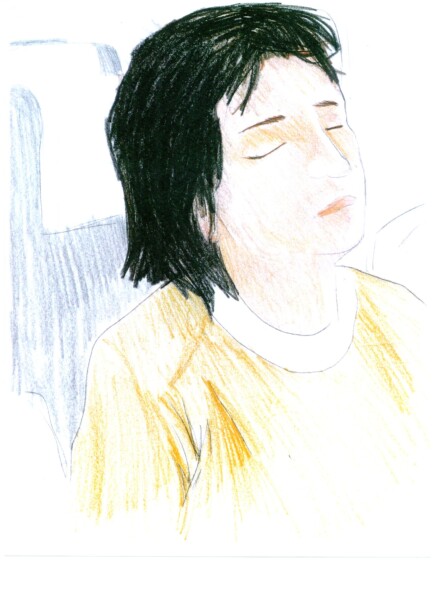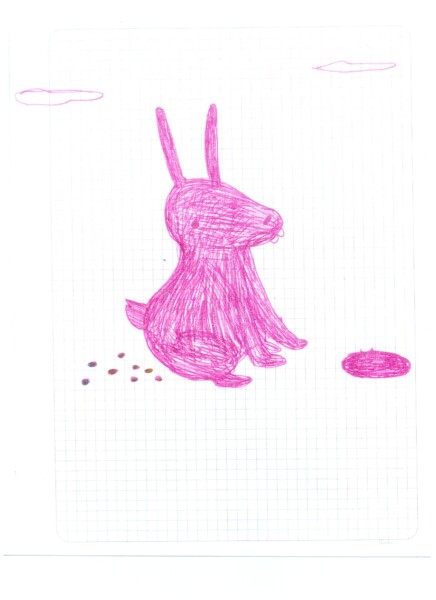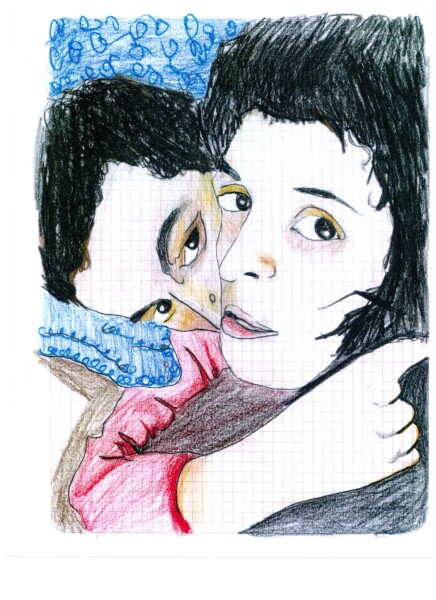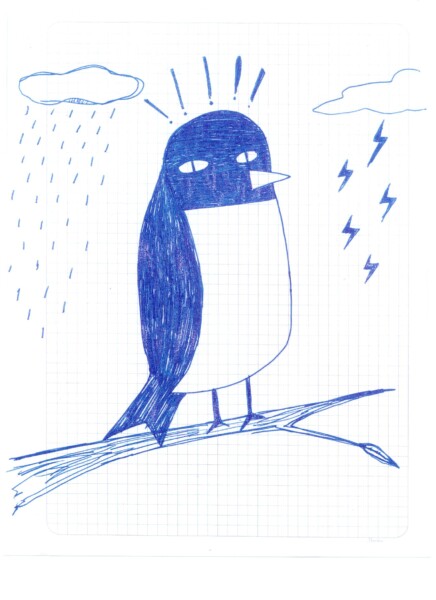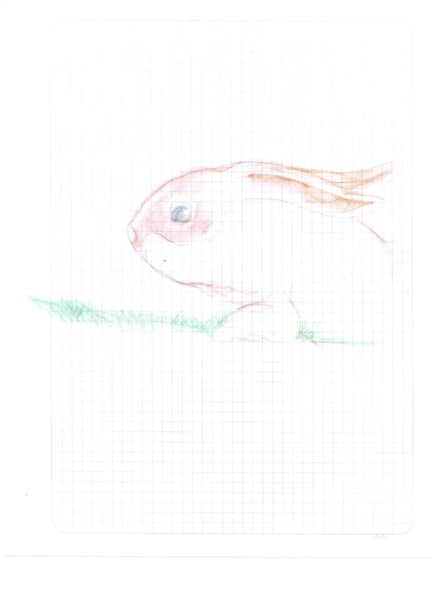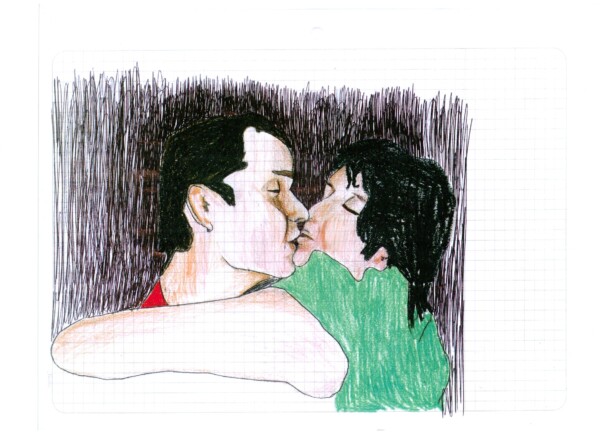- Why I'm So Unhappy
- Why I'm So Unhappy
- Why I'm So Unhappy
- Why I'm So Unhappy
Why I'm So Unhappy
25 February–
25 March 2006
Curated by: Michèle Faguet


Why I'm So Unhappy, exhibition at Or Gallery, 2006.

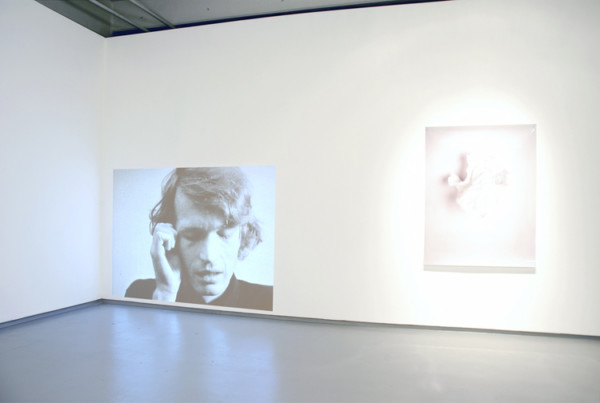
Why I'm So Unhappy, exhibition at Or Gallery, 2006.
Why I'm So Unhappy
Bas Jan Ader, Víctor Albarracín, Debra Baxter, Marianne Bos, Elkin Calderón, Dana Claxton, Derek Brunen, Wilson Díaz, Tomás Giraldo, Simón Hernández, Hadley + Maxwell, Khan Lee, Kelly Lycan, Juan Mejía, Jonathan Middleton, James Nizam, Anna Sew Hoy, Gabriel Sierra, Althea Thauberger, Francisco Toquica, Jeff Tutt, Giovanni Vargas, Rolando Vargas, and Neil Wedman.
Curated by: Michèle Faguet
A different version of this exhibition had originally been planned to take place in Bogotá, Colombia as a sort of humorous, and yet sincere, affirmation of the unhappy quality of life in that city, but more importantly, the sense of fatalism that arises out of decades of conflict and underdevelopment. When the circumstances of everyday living are characterized by failure, frustration and a lingering (if not immediate) sense of tragedy, always expecting the worst to happen (and doing so with a casual laugh or a shrug) seems to be a useful method of coping.
But unhappiness clearly has many different manifestations irrespective of historical or material circumstances. The resolution of basic needs seems always to bring with it the creation of false ones and then enough dissatisfaction or boredom to produce more unhappiness. North American cultural optimism promises a happy ending, but it is usually contingent upon values associated with productivity, competition, and consumption. Too much rain can also make a person extremely unhappy.
The trope of the melancholic artist comes from a long tradition of association between creativity and unhappiness. In its most intimate, and unmediated emotional form, unhappiness can have disastrous results as a point of departure for making art. A notable exception is Bas Jan Ader’s I’m Too Sad to Tell You, a work that is so self-indulgently sad that it is ambiguous. His emotional outbursts must be set against the backdrop of an entire body of work that foregrounds failure’s redemptive qualities.
It is also useful to think about unhappiness as part of a Western tradition of cultural pessimism that has predicated the practice of art upon its power of negation, or refusal of a dominant system of values. These values may be in constant flux but what is preserved is the idea of what is an essentially antagonistic definition of cultural production. Art is unhappy because it is critical and expresses a sense of discontent with the ways things are, even as it constantly adapts itself to economic or social systems from which it is presumably excluded. The recognition of this contradiction is cause for more unhappiness.
This exhibition presents new and existing unhappy works by a diverse group of emerging, mid career, and established artists from Canada, the U.S., Colombia, and Holland. Why I’m So Unhappy is the title of a song by Jimmy Tamborello who records under the name of Dntel.
In conjunction with the Or Gallery’s ongoing exhibition Why I’m So Unhappy, the Music Appreciation Society presented: The Saddest Music in the World…Ever. (See event entry above).
